Super creamy, brown sugar boba ice cream bars, made dairy free! Not only are they fun to make, they are soo pretty and tasty! These ice cream bars tastes just like the ones you can find at your local Asian market and the trending brown sugar boba drinks found at boba tea shops.
A couple months ago, I found these brown sugar boba ice cream bars and couldn't help myself from purchasing a box. They were soo soo good! It was creamy and tasted like the popular brown sugar boba milk drinks currently trending at boba tea shops. But after I devoured those ice cream bars, I was left with a bitter predicament. Am I willing to buy these ice cream bars again for 8 bucks and only getting 4 average size ice cream bars?
Nope. I don't think so. Hence this recipe happened, lol. 😆 Not only is it cheaper to make, I can customize it to be dairy free (you're welcome fellow lactose intolerant peeps), and they still taste just as good.
Now, let's dive into some tips and FAQs on making these dairy free brown sugar boba ice cream bars!
Are these boba ice cream bars vegan?
Yes! These brown sugar boba ice cream bars are both vegan and dairy free because we use coconut cream as the base. So no egg yolks needed!
Can I make these brown sugar boba ice cream with regular milk or heavy cream?
You can absolutely substitute the coconut milk/ cream in this recipe for heavy cream. It'll make a very rich and creamy ice cream. However, if you want to use milk, we recommend using half whole milk and half heavy cream to make sure your ice cream base has enough fat to stay creamy.
How do I make creamy coconut ice cream?
We found that the two most important factors in making creamy coconut ice cream is using coconut cream or high fat coconut milk and using enough sugar/ sweetener in the ice cream base.
We recommend using coconut milk and creams with at least 60% fat. Not having enough fat in the ice cream base will result in an icy ice cream, and that is not what we want. Our favorite coconut milk/ cream brands to use are Savoy and Aroy-D. They can be typically found at your local Asian market.
As for the sugar, it helps liquids from completely freezing, which keeps our coconut ice cream base creamy. We found that coconut milk/ cream requires at least 1:6 ratio, sugar to milk/cream, to stay creamy.
What are some ways to make the coconut ice cream?
We've tried out several ways to make this ice cream base, and by far, our favorite is with an ice cream churner. It makes the creamiest ice cream every time. But we totally understand that maybe a churner isn't available or we forget to chill the churner.
Under those circumstance, I recommend that you simply whip the ice cream base (preferably cold) till it becomes light and fluffy but still soft (aka soft peak stage).
Can I use store bought/ premade tapioca pearls?
Personally, I'm not a big fan of store bought tapioca pearls because they just can't compared to the texture of homemade ones. However, I do love the convenience store bought ones provide. So if you decide to test out the store bought pearls for this recipe, I recommend that you overcook the pearls, which will take minimally 25-30 minutes. Store bought tapioca pearls are larger in size than these homemade ones, so the cook time will most definitely be longer. To check if the store bought pearls are cooked through, cut one in half and check if the center is no longer chalky or doughy. It should have wet, glossy look to it and should be chewy on the inside.
How do I make the tapioca pearls?
To make the tapioca pearls by hand, you can simply roll the dough into a rope (or also known as a snake) that's ¼ inch thick. Then, cut the rope into ¼ inch pieces and roll each piece into pearls. I do recommend covering the dough with a lightly dampened towel when not being used so that it doesn't dry out.
Is there a shortcut for rolling tapioca pearls?
There's no real shortcut to rolling tapioca pearls, however, we found a trick using wire racks! It makes the process a little faster and ensures that the tapioca pearl are consistent in size. Do note that it is very important that the wire rack have spacings measuring 1cm x 1cm. If the spaces are are too big, your tapioca pearls will not be the most ideal size.
To use a wire rack, first roll your tapioca dough to ¼ inch thickness. Then, press the rack into the dough as far as you can. Flip the rack, with the dough still on it, and press the dough through the rack by using a rolling pin. If the dough is still stuck on the rack, simply run your fingers over each row. You can then roll each square into a pearl or simply roll each piece of dough to round off the corners and edges.
Why do I have to cook part of my tapioca flour/ starch?
Cooking part of the tapioca flour prevents your tapioca dough from turning into a puddle of starch water. The heat from the cooking process activates the tapioca starch so that it actually becomes a solid dough that's chewy like boba.
There were many times where we failed at making our tapioca pearls because we either undercooked or overcook our tapioca flour. When we undercooked the flour, the dough still formed but broke easily and doesn't have the chewy texture you expect of tapioca. On the other hand, our overcooked ones were grainy, dry, and really tough.
Cooking the tapioca starch is similar to the concept of cornstarch. If you add cornstarch to cold or warm water, it will most likely just turn into starchy water. However, if you heat it up to a boil, it will thicken the water and turn it more solid.
Cook the tapioca pearls in boiling water.
It is very important that you cook your tapioca pearls in boiling water. If you add your pearls into a pot of cold water, the starch will start to disintegrate.
Cook the tapioca pearls completely.
Have you ever gotten boba tea from a boba tea shop and the bobas are unpleasantly hard? Yup, that's because those pearls are undercooked. There are many recipes that recommend cooking tapioca pearls for only 10 minutes. Unfortunately, that short amount of time isn't enough to achieve perfectly chewy, standard size tapioca pearls. For standard size pearls, we recommend at least 20-25 minutes of boiling to ensure that the entire pearl is cooked through.
To check if the pearls are cooked, bite one in half. The interior should be semi translucent, not white and doughy. The texture should be chewy, of course with the most outer part the softest.
And a little tip we learned from our friends from Moba Tea & Treats, you have to almost overcook your pearls if the pearls are going to be either chilled or frozen, like in this ice cream. If not, they will be hard and unpleasant.
Cook the boiled tapioca pearls in a brown sugar syrup
The traditional way to make the popular brown sugar boba drink is by cooking the bobas/ tapioca pearls in a black sugar syrup. Doing so, the pearls can absorb extra black sugar flavor and become darker. Cooking the bobas in the syrup also adds tapioca starch to the syrup, making it thick. This is how the brown sugar boba drink gets its iconic brown sugar drip design.
So to mimic the flavor and look, do cook the tapioca pearls in the syrup for about 3-5 minutes after the pearls are already cooked through. This will add extra flavor and sweetness to the bobas.
Can I use regular brown sugar for brown sugar bobas?
We recommend using Taiwanese black sugar (黑糖) to make these bobas, because it's much more intense in flavor than regular brown sugar. So if you can get your hands on some Taiwanese brown sugar, I'd totally use it instead. You can usually find Taiwanese black sugar at your local Asian market either in fine granulated form or blocks. Either one will work fine, although the granulated one will of course melt faster.
If you only have regular brown sugar, it's no biggies! It will work just fine. However, if you want to add a touch more flavor, I recommend adding a couple Tablespoons of unsulphured molasses to the syrup.
My brown sugar syrup won't freeze!
Liquids with high sugar content usually don't freeze well unless it's a 1:1 ratio, but then, you have to worry about your syrup being icy. Trust me, we were having quite some trouble trying to blend the texture of the frozen brown sugar syrup to the ice cream's creaminess.
So our solution to our syrup issue is to add some cornstarch slurry! The slurried brown sugar syrup freezes really well and can be easily removed from the ice cream bar mold with no issues. Plus, the slurry really helps the syrup melt nicely with the ice cream.
When making the syrup, add about 1 teaspoon of cornstarch slurry (1 teaspoon cold water + 1 teaspoon cornstarch) to the syrup. Make sure everything is mix thoroughly then bring it to a boil while stirring constantly.
What ice cream bar mold do you use?
I highly recommend these Silikomart ice cream bar molds if you are interested in making ice cream bars. We've use it for multiple occasions and have loved it. Our ice creams have never stuck to the mold, and they've always come out clean. I only wish it came with more molds so I can make more ice cream bars at one time. 😆 (they only come as a set of 2, which makes 4 bars)
Make sure to smooth out the top of the ice cream bars
If you get bothered by uneven edges like me, I highly recommend smoothing the top of the ice cream with an offset spatula.
After the ice cream bar mold is filled, flatten it out with an offset spatula and scrape off the excess. Then you can drizzle on the brown sugar syrup without worrying about overflowing. If you don't get bothered by uneven edges, then you can skip this step.
If you're looking for more sweet treats, check out:
- sweet potato mochi pancakes/ hotteok (호떡)
- honey chrysanthemum shortbread cookies
- dalgona coffee or dalgona matcha latte
Cook with love!
Mei ❤️
If you’ve made this recipe or any recipe from our blog, please tag us on Instagram @twoplaidparons! We would love to see your creations! It absolutely makes our day! 🥰
📖 Recipe
Brown Sugar Boba Ice Cream Bar
Ingredients
For the brown sugar bobas:
- 25 grams water (roughly 5 teaspoon)
- 20 grams Taiwanese black sugar (about 5 teaspoons; or brown sugar)
- 50 grams tapioca flour (roughly a skimp ⅓ cup, highly recommend using a scale)
- ¼ cup Taiwanese black sugar, packed (or ¼ cup brown sugar + 2 tablespoon molasses)
- ¼ cup water
For the brown sugar syrup:
- 2 Tablespoon Taiwanese black sugar, packed (or 2 tablespoon brown sugar + 1 tablespoon molasses)
- 2 Tablespoon water
- 1 teaspoon cornstarch slurry (1 teaspoon cornstarch + 1 teaspoon cold water)
For the ice cream base:
- 1 cup coconut cream (or high fat coconut milk or ½ heavy cream + ½ whole milk)
- 2 Tablespoon granulated sugar
Instructions
For the brown sugar boba:
- Combine 25 grams of water and 20 grams of black sugar* into a small sauce pan over medium heat. Add ⅓ of the tapioca flour and mix until the flour has dissolved and no lumps remain. Continue to constantly stir the content until the entire mixture thickens and turns dark brown and sticky. Remove from heat. DO NOT overcook.*The tapioca mixture needs to be stirred constantly. When you start to see tiny lumps on the bottom of the saucepan, you want to start stirring vigorously and make sure to not burn the starch at the bottom. The dough mixture should look dark brown, gloopy, but smooth when it is cooked properly.
- Transfer the cooked tapioca dough to the remaining tapioca flour. Knead the tapioca flour into the dough while it's hot. Once all of the tapioca flour has been incorporated into the dough, the dough should feel velvety smooth and turn a light tan color.
- Make bobas using a wire cooling rack:Flatten the tapioca dough and evenly roll it out to ¼ inch thick. Using a wire rack that has 1cm x 1cm spacing, press it as far into the dough as possible. Flip the rack, with the dough still on it, and roll over the dough a rolling pin to push it through the holes. If the dough is still stuck onto the rack, run your fingers over each row to push it through. Cover the pieces with a lightly dampened towel as you work.Roll each piece of "cubes" into pearls* or just to round off the edges. Dust the finished pearls with more tapioca flour if needed.Make bobas by hand:Roll the dough into a thin rope (also known as snakes) no larger than a ¼ inch thick. Cut the rope into ¼ inch pieces, then roll each pieces into pearls*. Cover them with a lightly dampened towel as you work, and dust the pearls with tapioca flour if needed.*Your tapioca pearls for both methods do not have to be perfectly round. As long they are relatively circular, it's good.*
- In a pot of boiling water, add the pearls and give it a stir. Boil the pearls for about 20-25 minutes until the pearls are translucent on the outside and the entire boba is soft. The cook time can vary depending on the size of your pearls, so if the center of the pearls are still hard, cook them a little longer.Once cooked, strain the boba pearls and run them under cold water to remove excess starch.
- In a small saucepan over medium high heat, combine the ¼ cup of black sugar* and ¼ cup of water. Stir until the sugar dissolves and starts to bubble.Add the boiled pearls to the black sugar syrup and cook the mixture for about 3-5 minutes until the pearls are dark brown and and the syrup is thick. Let the pearls cool completely.
For the brown sugar syrup:
- Combine the black sugar and water into a small saucepan over medium high heat. Stir until the sugar dissolves and comes to a boil. Lower the heat and stir in the cornstarch slurry. Thoroughly stir the slurry into the black sugar syrup and bring it up to a simmer to thicken the syrup.Once thickened, transfer the syrup onto a plate or bowl and let it cool completely in the fridge until needed.
For the ice cream base:
- Whisk together the coconut cream (or heavy cream) and sugar until dissolved. Pour the base into a prepared ice cream churner and churn the base until soft serve consistency. Fold the cooled tapioca pearls into the churned ice cream.*For an alternative method to make the ice cream, refer to the post.*
To assemble the ice cream bar:
- Lace the ice cream mold with some cooled black sugar syrup. Then, fill the mold half way with the ice cream base and lace it again with a little more syrup. Insert a popsicle stick half way into the mold, and top off the mold with more ice cream base. Smooth off the ice cream bar with an offset spatula, then drizzle on a final layer of black sugar syrup. Repeat with remaining ice cream molds and freeze the ice cream for at least 3 hours or overnight. Make sure to cover the ice cream bars with either plastic wrap or parchment paper to prevent the ice cream from developing freezer flavor. Also, make sure the plastic or parchment touches the ice cream to prevent unwanted ice pockets.*Try to work as fast as possible and keep everything chilled so that the ice cream base can stay creamy.*
- Remove the ice cream bars from the silicone mold and let the bars temper for a couple minutes. Enjoy!

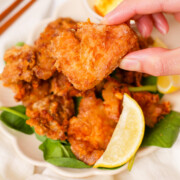
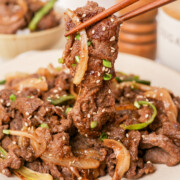
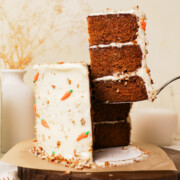
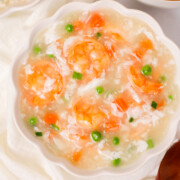
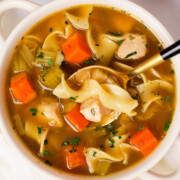
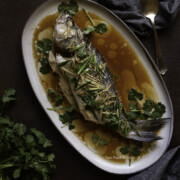
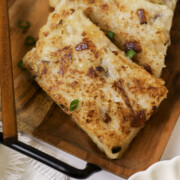
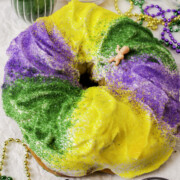
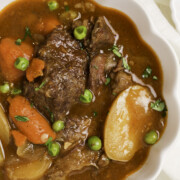
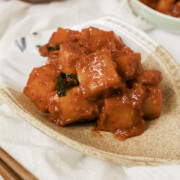
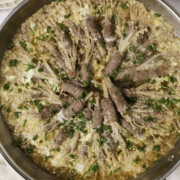
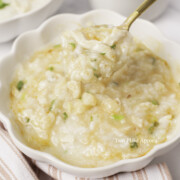
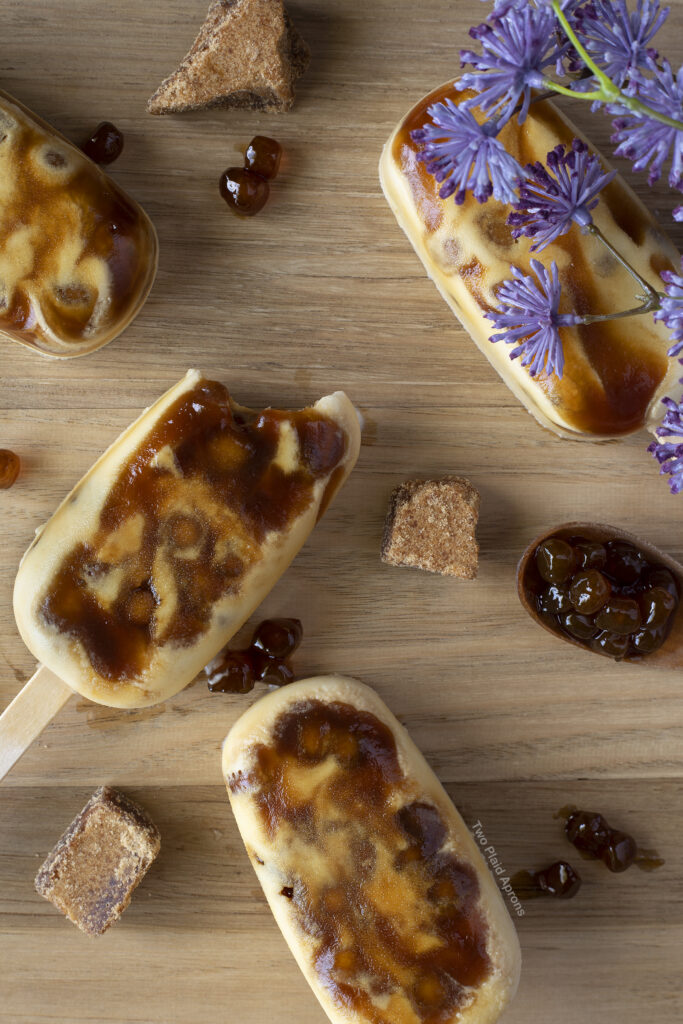
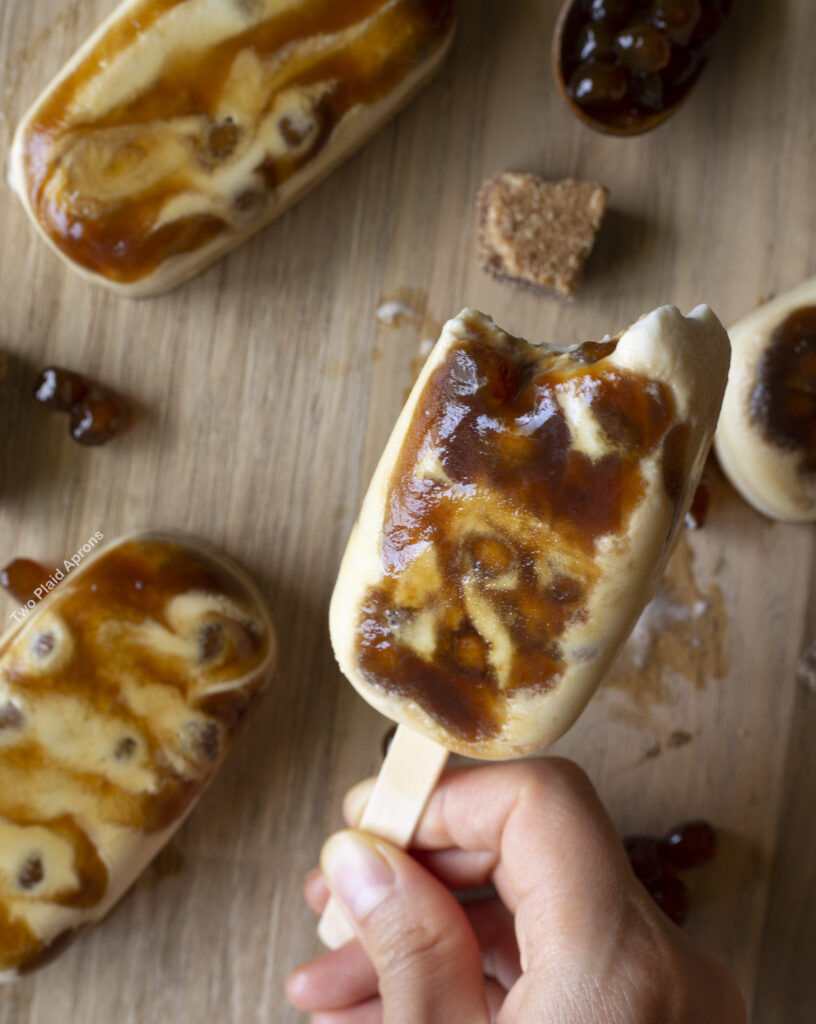
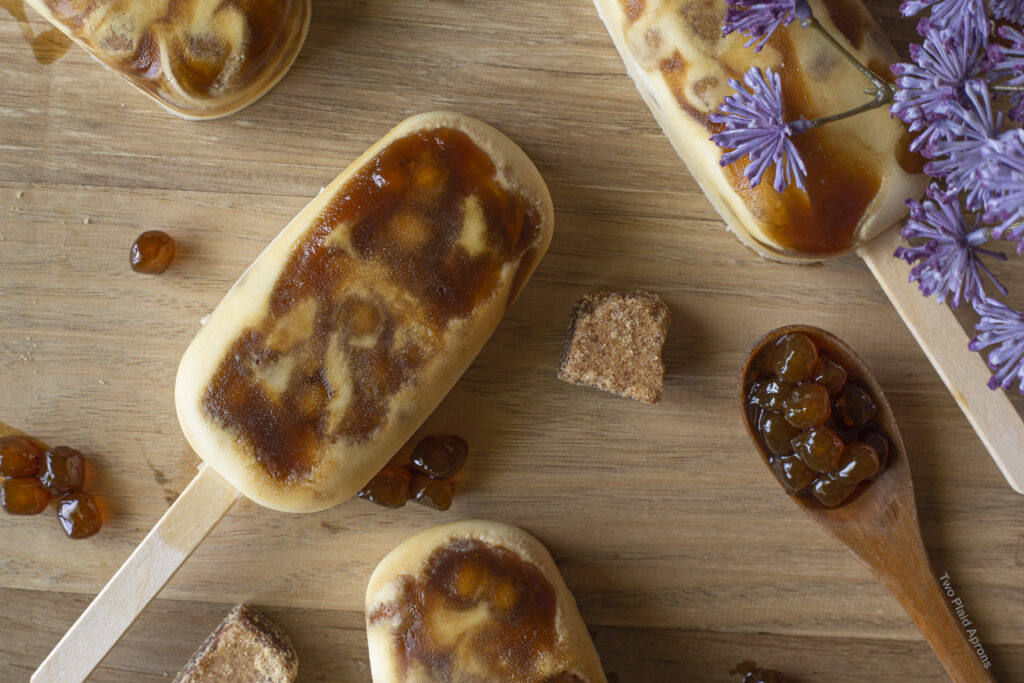
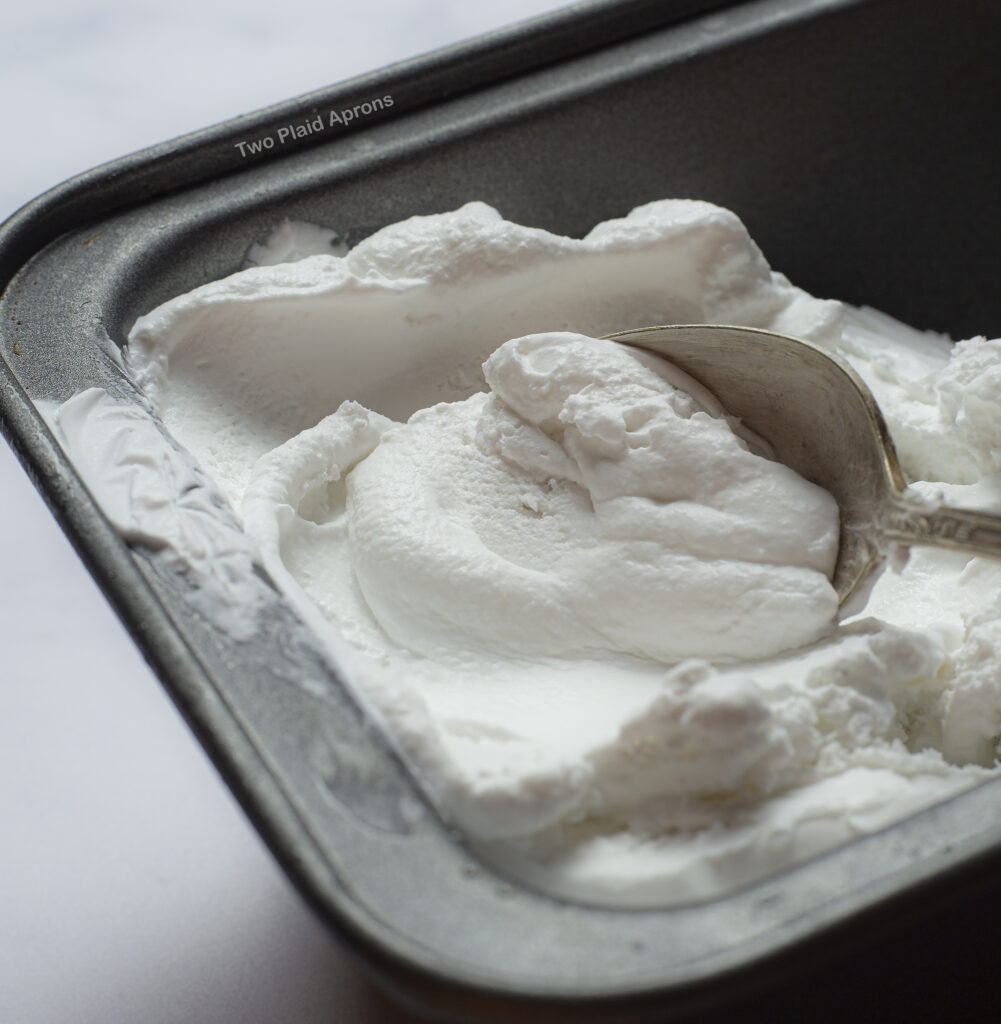
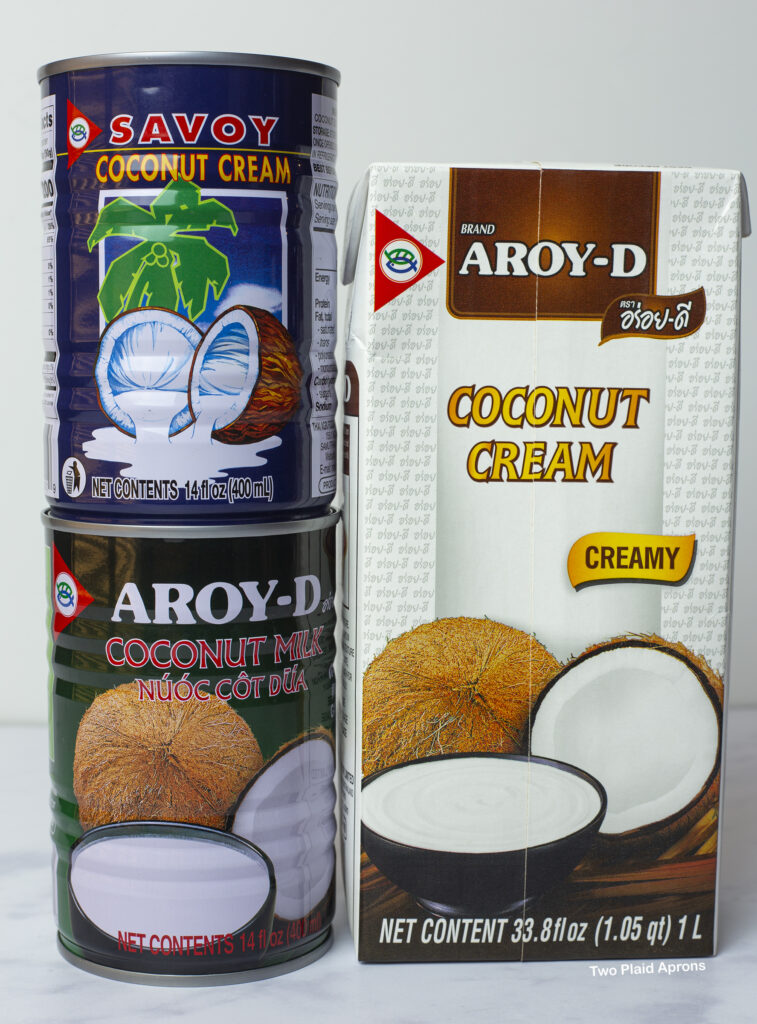
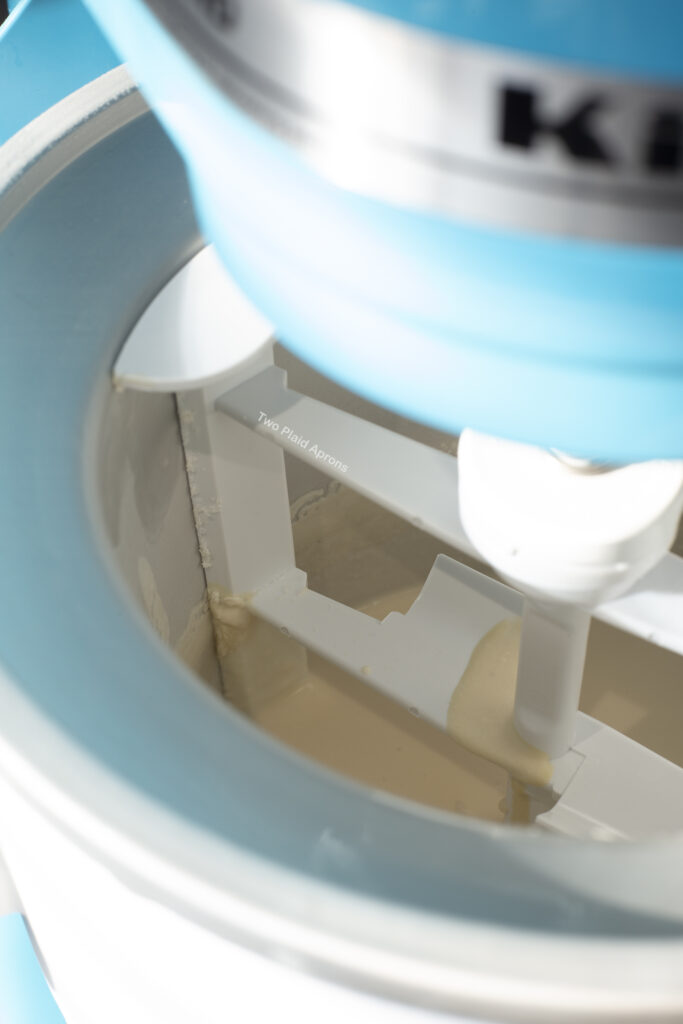
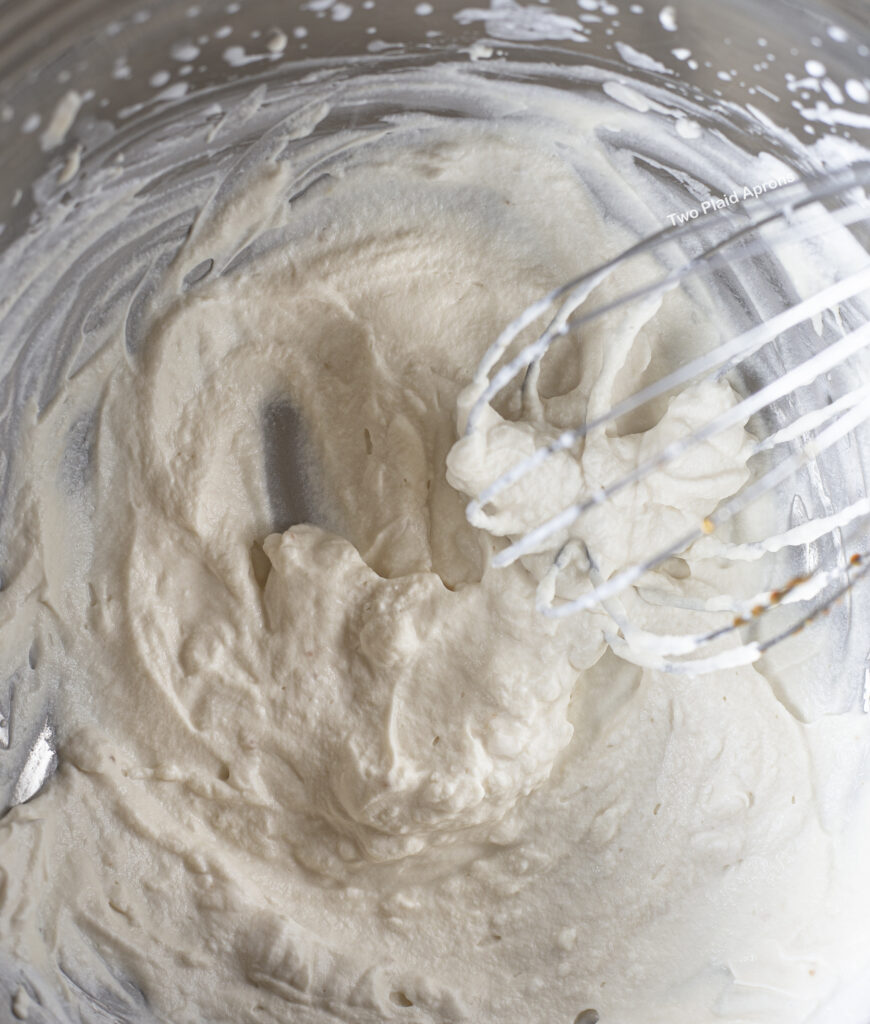
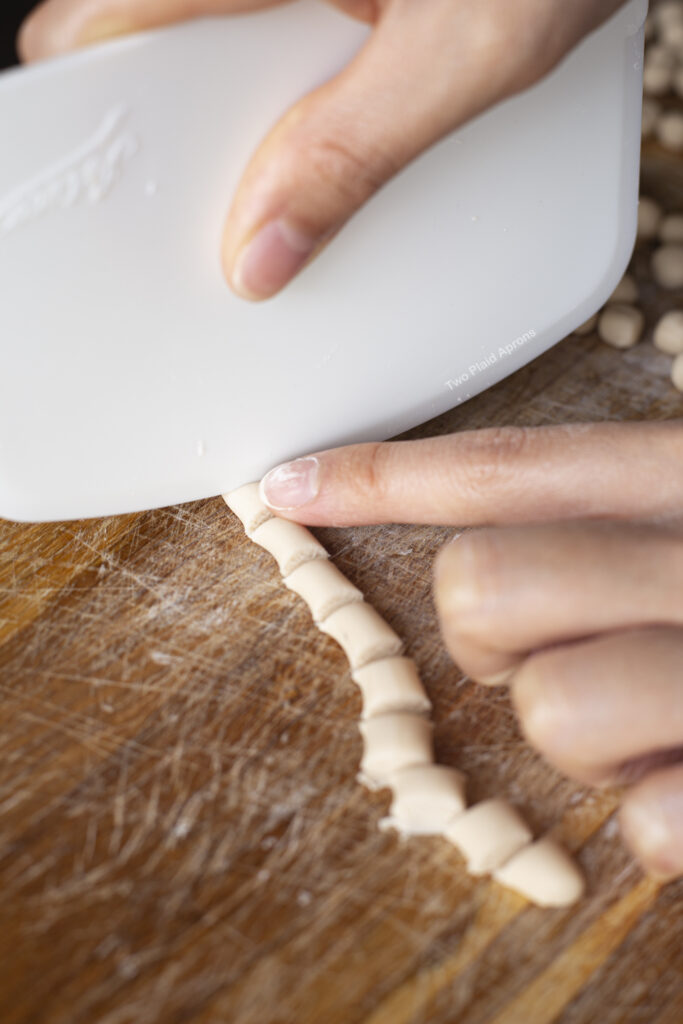
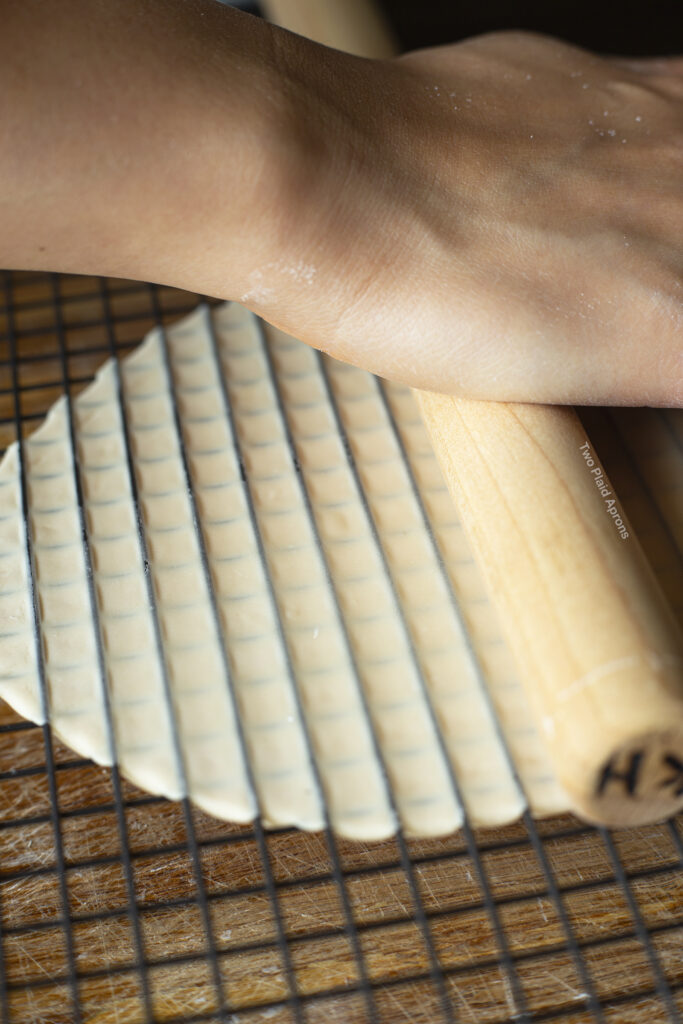
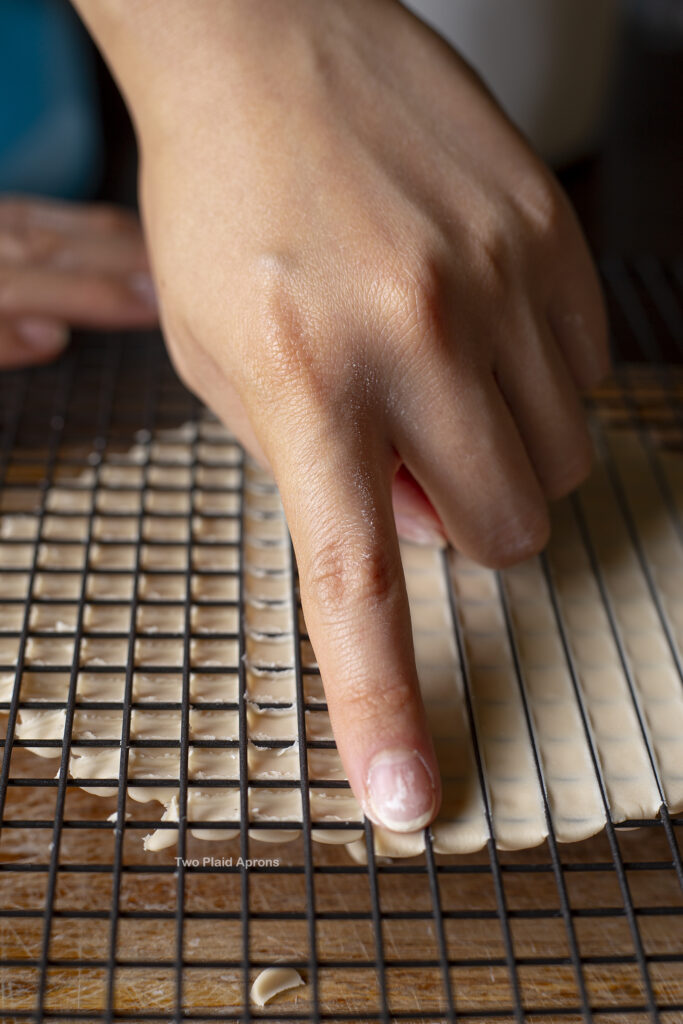
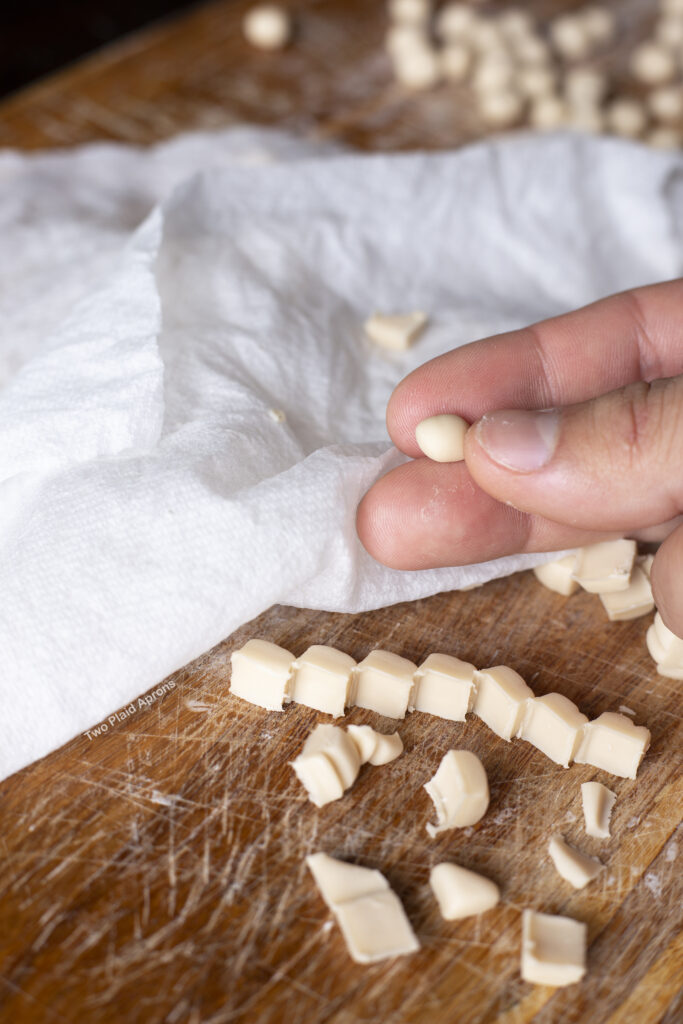
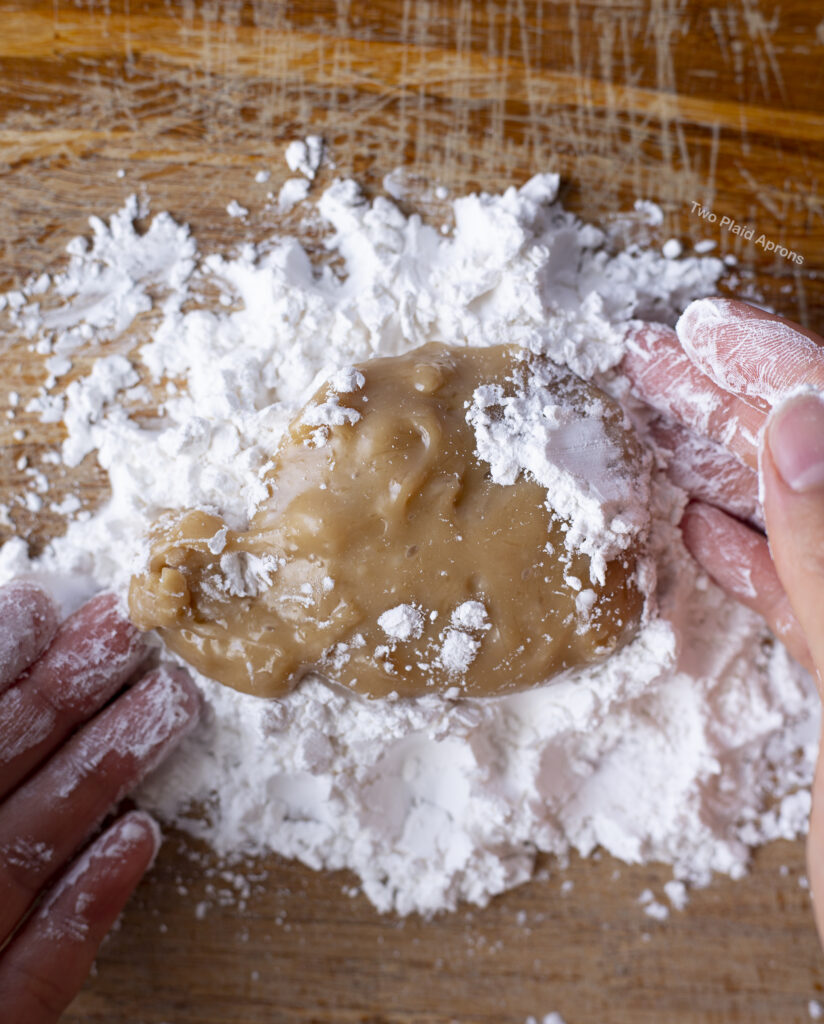
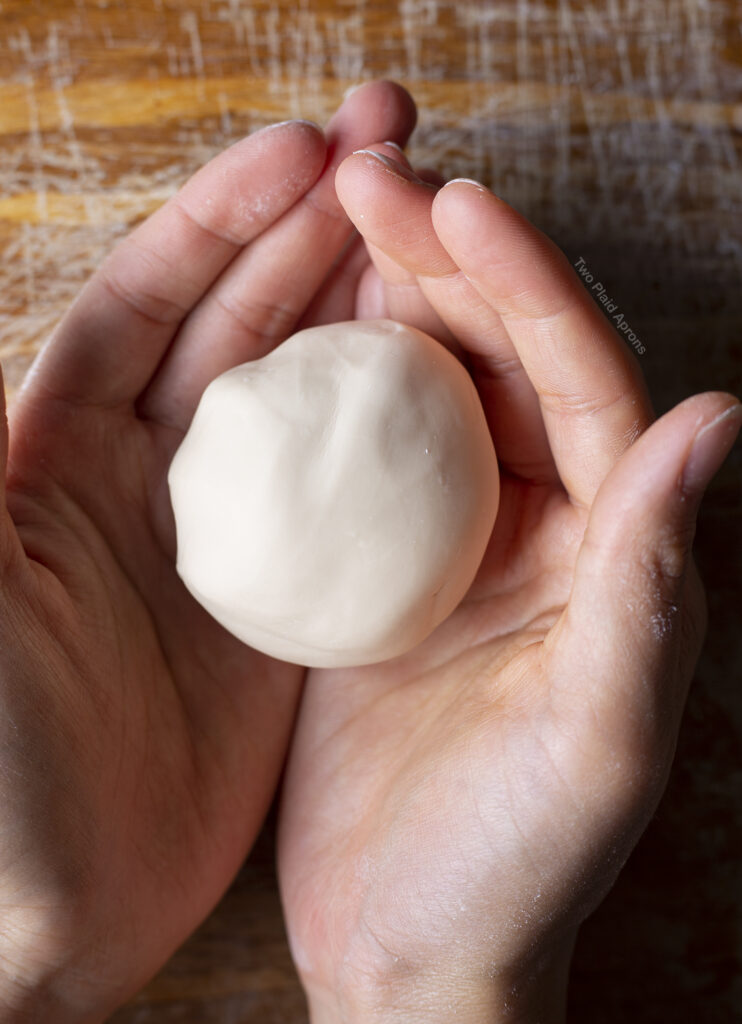
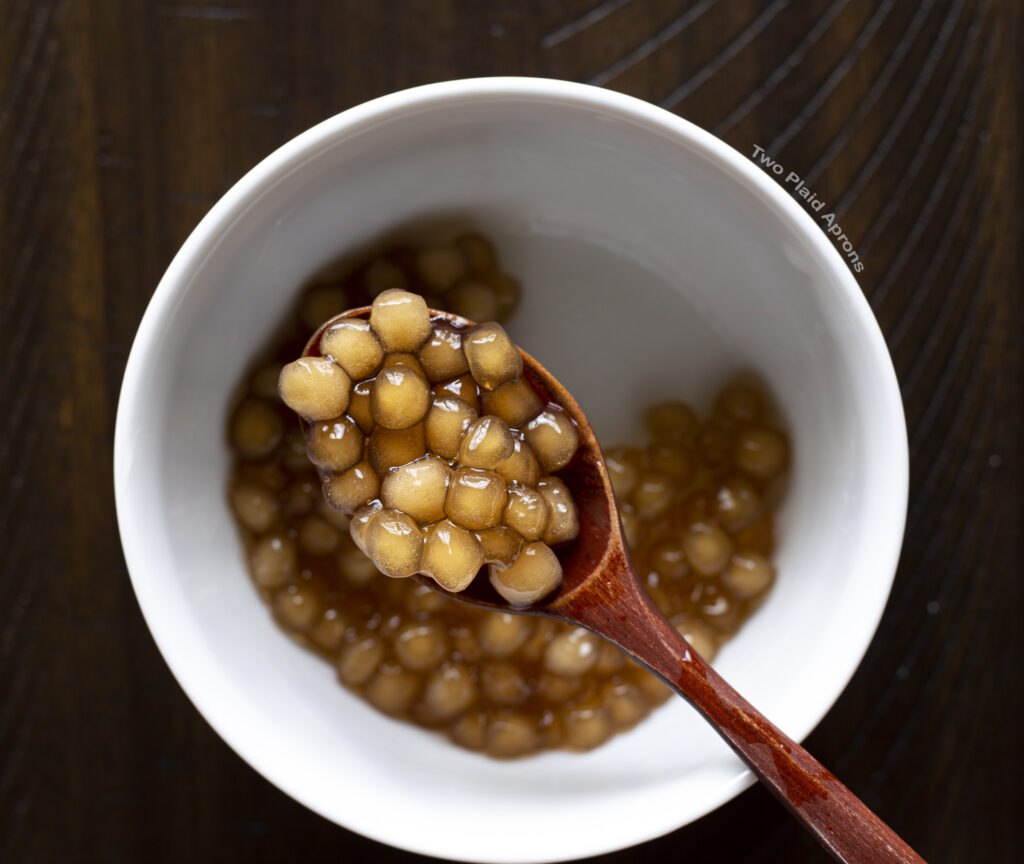
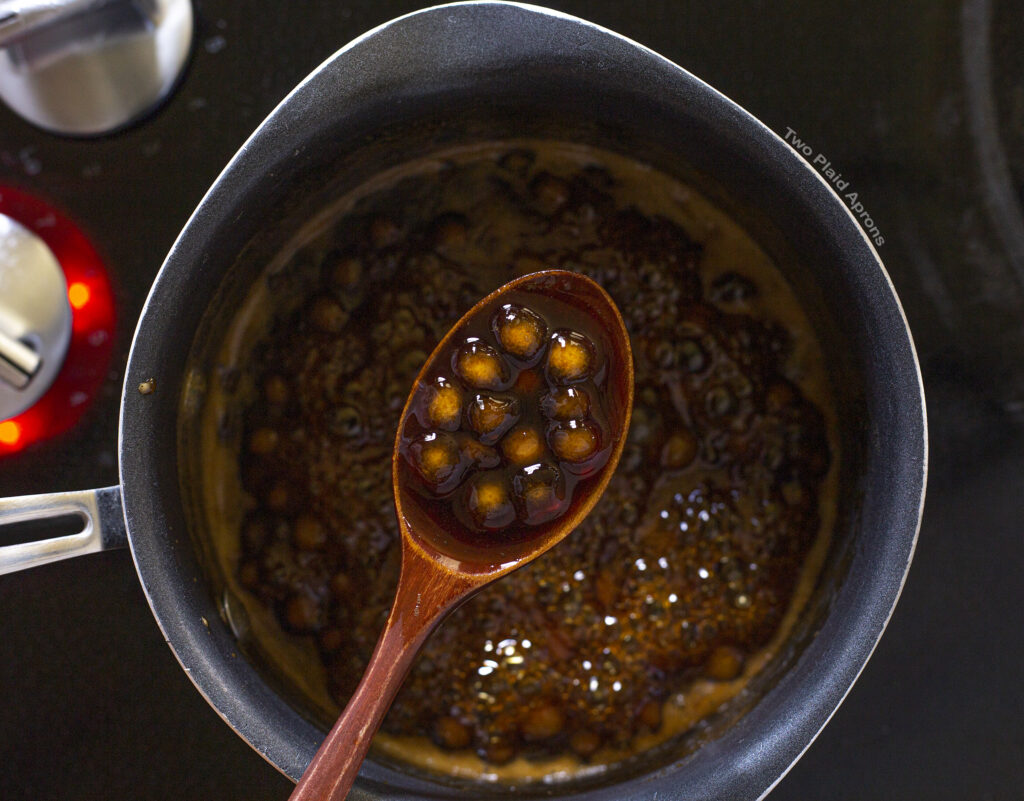
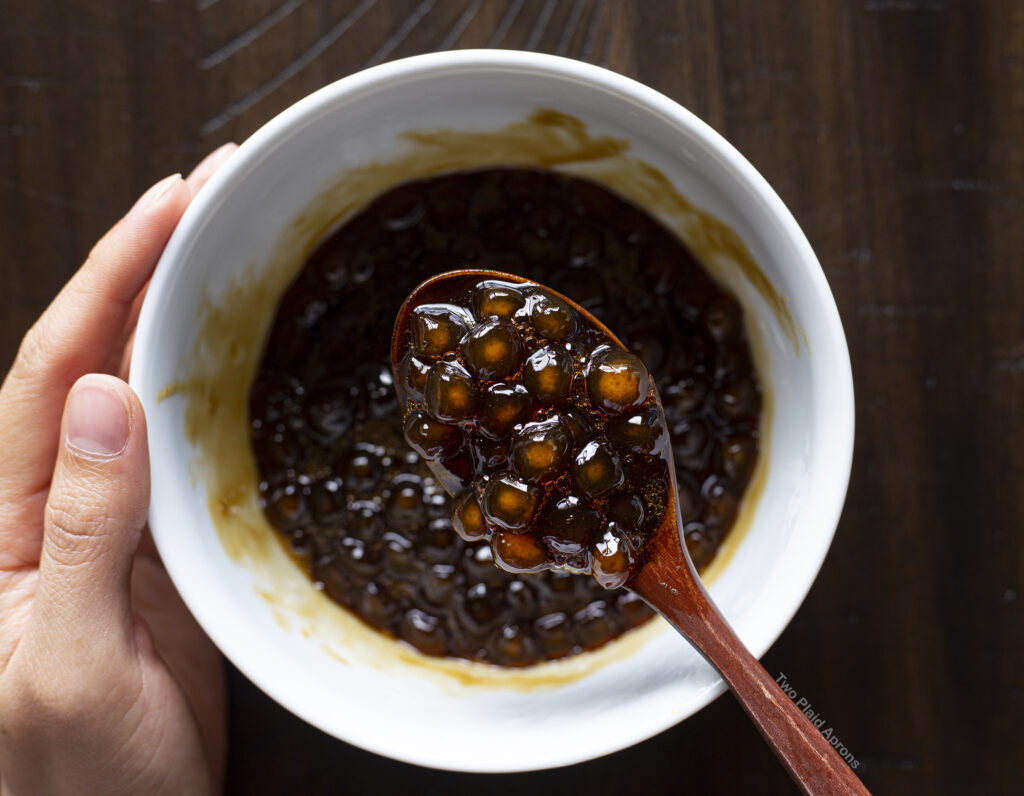
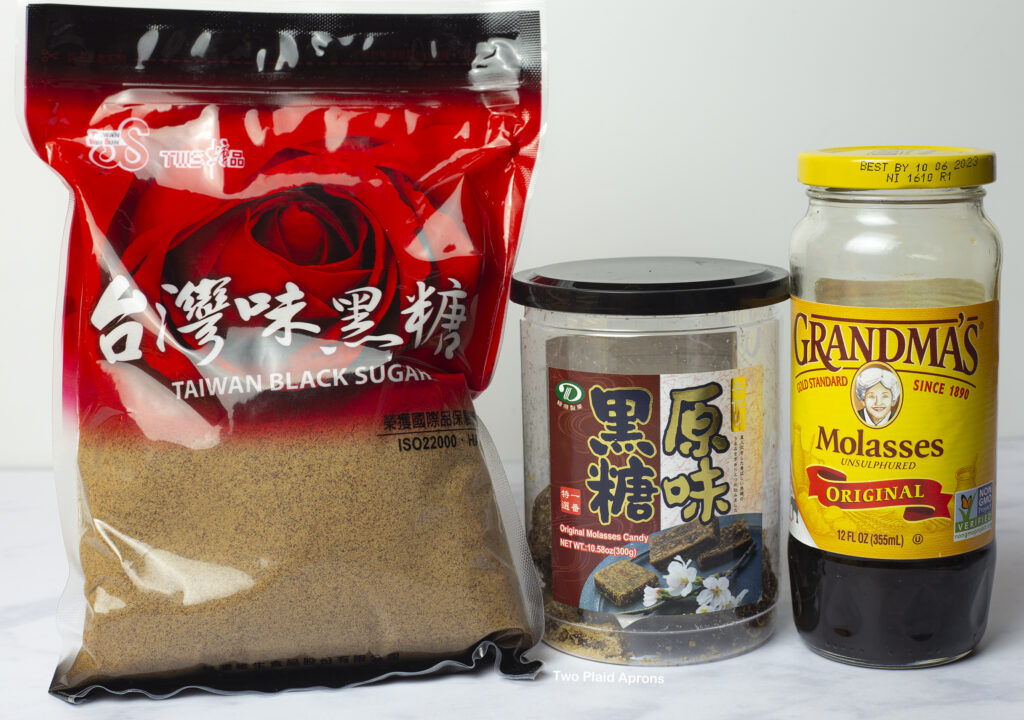
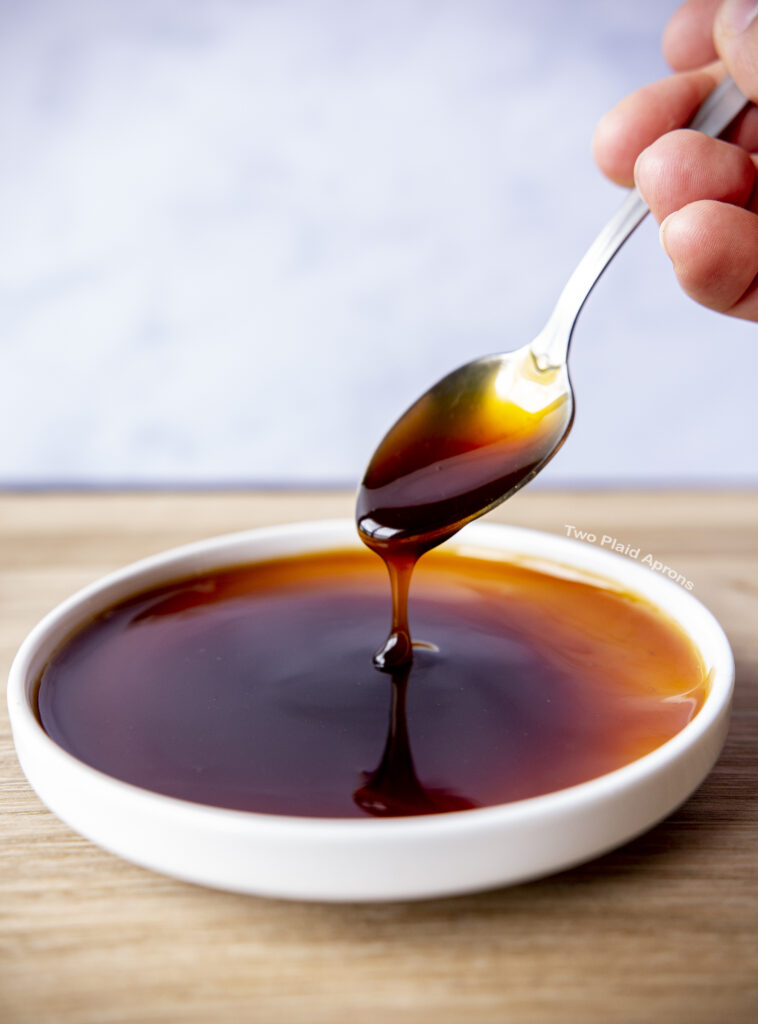
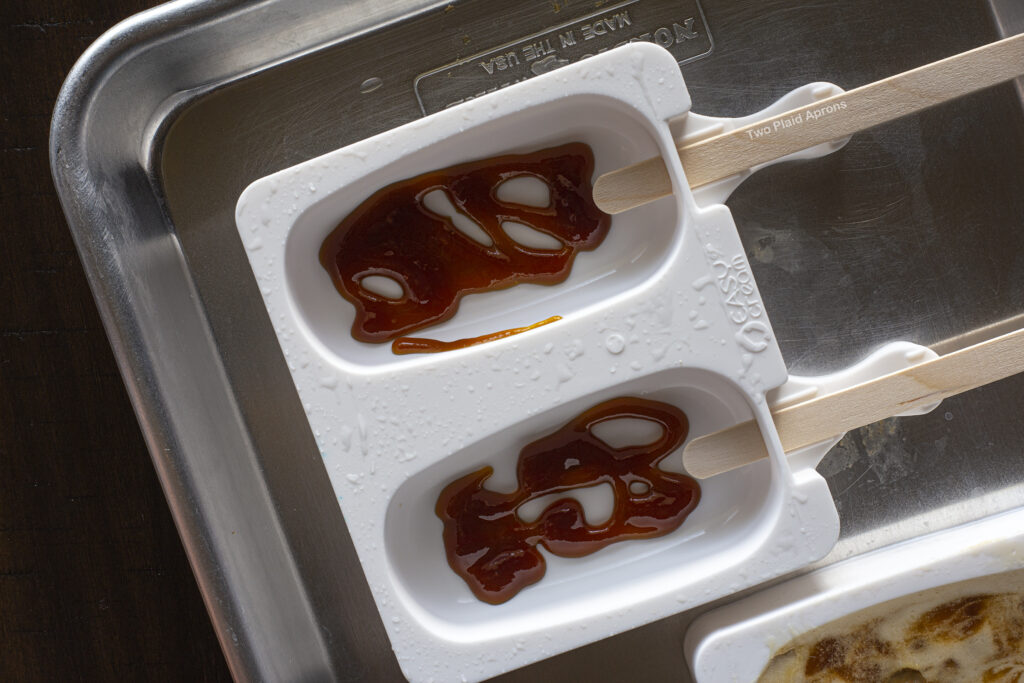
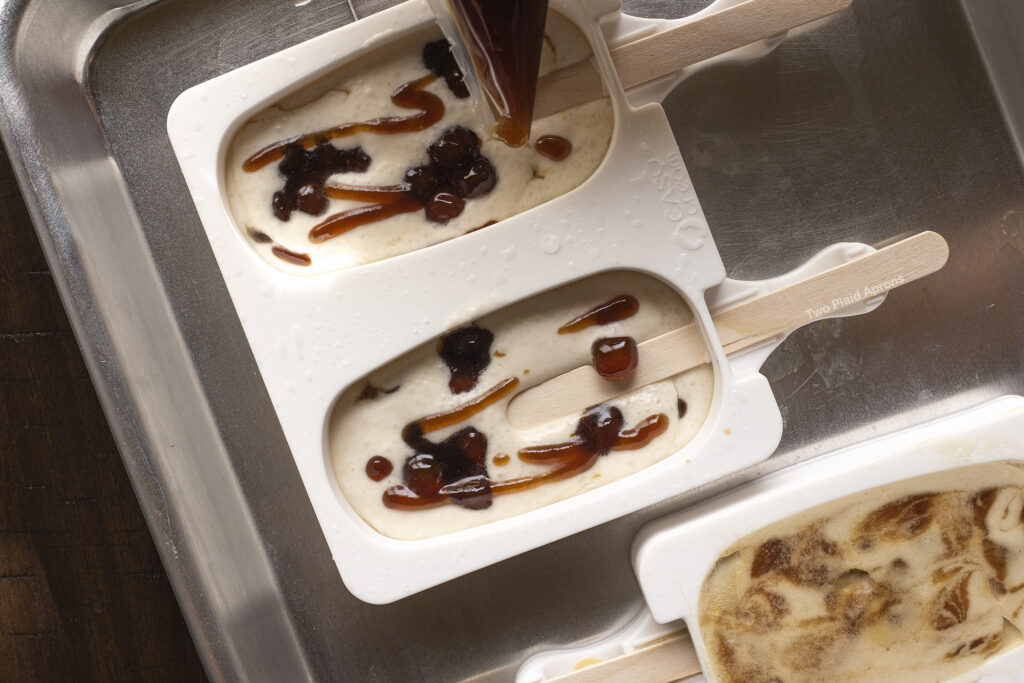
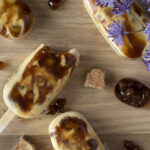




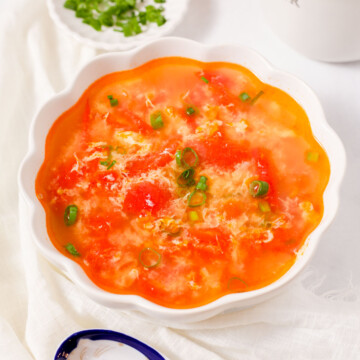
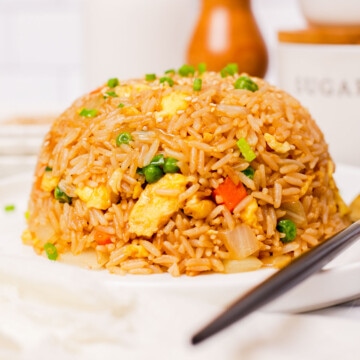
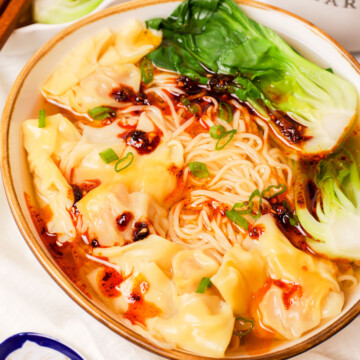
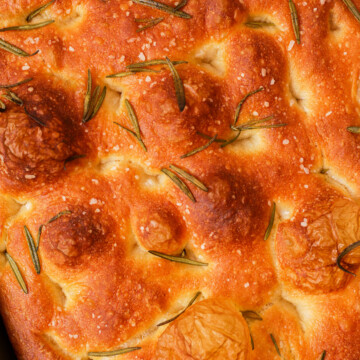
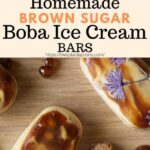
Priya says
This ice cream pops looks so tempting 🙂
Mei says
Thank you, Priya! They were hard to stay away from, haha.
Quy Nguyen says
Thank you for the great recipe. I have a question, how can I keep the ice cream in the freezer before it gets bad since there are tapioca pearls .
Mei says
Hello Quy Nguyen! Thank you for the kind feedback! Are you referring to how to keep the ice cream from melting before you add the tapioca pearls in? Because the ice cream should not go bad even if there are tapioca pearls in them. we had ours in the freezer for well over a month and it still tasted great as long as you store it properly.
Soo says
the bobas are soft and it tastes great!
Mei says
Thank you so much! Glad you enjoyed it!
Suz says
i made this with premade boba and they were hard as rocks when they froze. the brown sugar syrup didnt freeze either.
Mei says
Hi Suz!
Thank you for checking out our recipe and sorry to hear that the ice cream bars didn't come out properly.
For the store-bought bobas, you have to cook them much longer than the time listed in our recipe because they are most likely larger than our homemade ones. So make sure to overcook them until they are no longer chalky on the inside and are soft. Afterwards, cook the bobas in some brown sugar syrup to help maintain the softness when frozen. If that doesn't solve the issue, the brand of boba may be the culprit, as different brands of boba are not created equally.
As for the brown sugar syrup in the ice cream bar, adding the cornstarch slurry should have solved the freezing issue. The slurry will help the syrup freeze but not into icy crystals.
We also shared these tips in the post of the recipe with more details, if you are interested.
Hope this helps!
Mei ❤️
Nathalie says
Can you make this recipe for an ice cream tub instead of an ice cream bar?
Mei says
Hi Nathalie!
Yes, absolutely. You can adapt this recipe to make tub ice cream instead of ice cream bars. You would layer the bobas and brown sugar syrup the same way as you would do for ice cream bars.
Mei ❤️